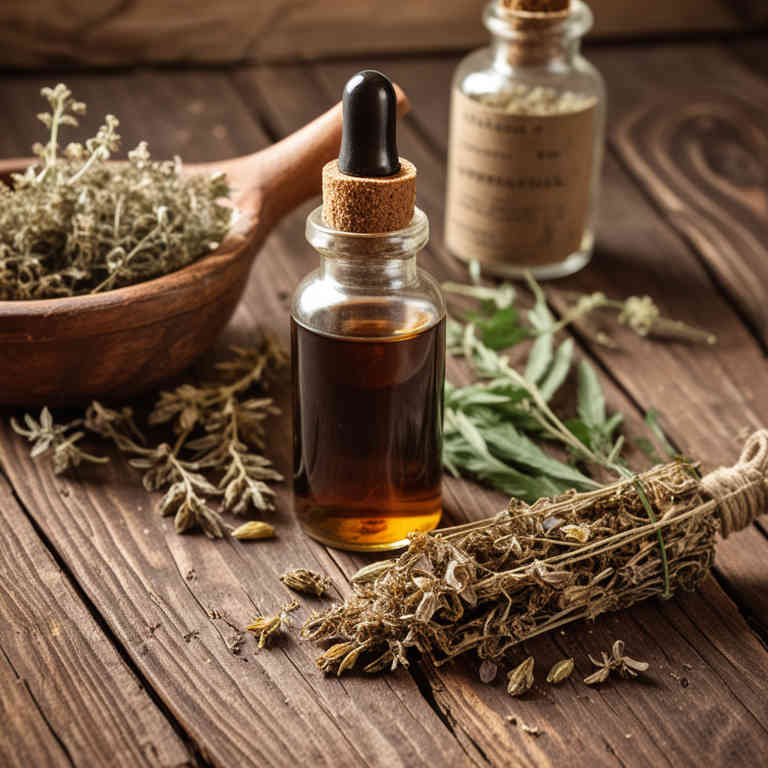Glycyrrhiza glabra tincture for medicinal use

Glycyrrhiza glabra tincture is a concentrated liquid extract made from the root of the licorice plant.
It is commonly used in herbalism for its anti-inflammatory, antiviral, and expectorant properties. This preparation is often employed to soothe respiratory conditions such as coughs and bronchitis. It may also support digestive health and help reduce stress.
However, long-term use can lead to side effects like hypertension, so it should be used under professional guidance.
Uses
Glycyrrhiza glabra tincture has been used to treat a variety of ailments across different cultures and time periods.
Historically, it was valued in ancient Chinese and Greek medicine for its ability to soothe respiratory conditions and reduce inflammation. In traditional practices, it was also used to support digestive health and as a remedy for skin irritations. Modern applications include its use in herbal formulations for coughs, asthma, and as an anti-inflammatory agent.
Today, it is also studied for its potential role in managing stress and supporting adrenal function.
Benefits
Glycyrrhiza glabra tincture has health benefits such as reducing inflammation, supporting respiratory health, and aiding in the management of digestive issues.
It contains glycyrrhizin, a compound known for its antiviral and anti-inflammatory properties. This preparation may help alleviate symptoms of conditions like bronchitis and ulcers due to its soothing effects on mucous membranes. It is also used in traditional medicine to support immune function and relieve stress-related symptoms.
However, long-term use should be monitored due to potential side effects such as increased blood pressure.
Constituents
Glycyrrhiza glabra tincture active constituents include glycyrrhizin, flavonoids, saponins, and various alkaloids.
Glycyrrhizin is the primary compound responsible for the herb's anti-inflammatory and antiviral properties. Flavonoids contribute to its antioxidant effects, while saponins may support immune function. Alkaloids like isoliquiritin provide additional therapeutic benefits.
This tincture is commonly used for respiratory support, digestive health, and as a mild expectorant.
Preparation
To make Glycyrrhiza glabra tincture, first gather fresh or dried licorice root and ensure it is clean and free of debris.
Next, place the root in a clean glass jar and cover it completely with high-proof alcohol, such as vodka or grain alcohol. Seal the jar and let it sit in a dark, cool place for 4 to 6 weeks, shaking it occasionally to ensure even extraction. After the steeping period, strain the liquid through a fine mesh strainer or cheesecloth to remove the plant material.
Finally, transfer the tincture to a dark glass bottle and store it in a cool, dry place away from direct sunlight.
Side Effects
Glycyrrhiza glabra tincture may lead to hypertension, electrolyte imbalance, and fluid retention due to its active compound, glycyrrhizin, which has mineralocorticoid-like effects.
Prolonged use can cause increased blood pressure, potassium loss, and decreased sodium levels, which may result in heart arrhythmias or kidney dysfunction. It may also cause pseudoaldosteronism, leading to symptoms such as headaches, dizziness, and muscle weakness. Individuals with hypertension, heart disease, or kidney issues should use this tincture with caution or avoid it altogether.
It is important to consult a healthcare professional before using Glycyrrhiza glabra tincture, especially for long-term or high-dose applications.